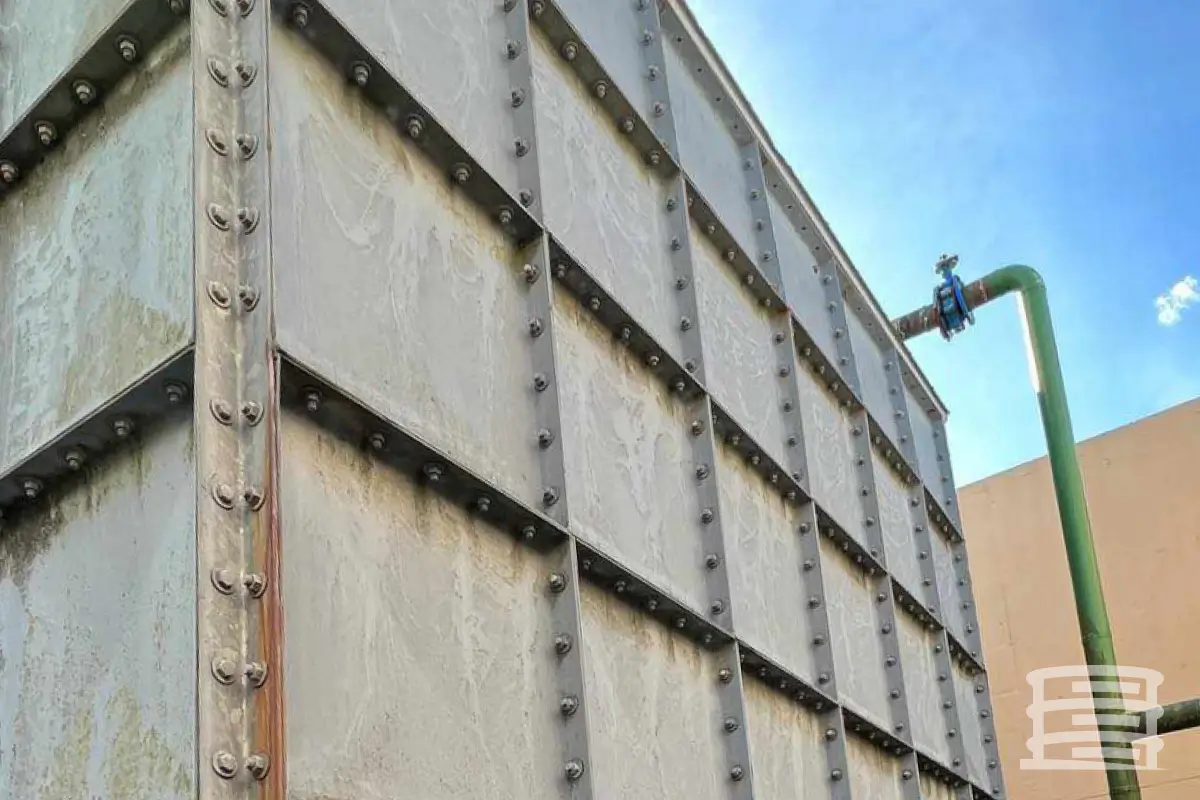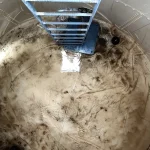Selecting the right size and type of water storage tank is a critical choice. It guarantees you won’t face unpleasant surprises when relying on your reserves for your family’s daily needs. A high-quality water storage tank prioritizes keeping your water clean and ready for use. This primarily involves using a liner or bladder to prevent contact between the water and the steel tank. Alternatively, high-grade materials like stainless steel or glass-lined steel can achieve the same effect.
Potable water, safe for human consumption and free from contaminants, is commonly stored in tanks within homes, buildings, and businesses. Various tank types and liners exist to ensure the stored water remains safe to drink. Let’s delve into the advantages of using a water tank liner and its role in safeguarding the potability of your drinking water.
Benefits of Water Filters for Potable Water
Most potable water is sourced from household or workplace taps, or from mineral water extracted from underground springs or wells. Purified water must be securely stored either in home tanks or underground, and water tank filters are often used to prevent the entry of bacteria and chemicals.
Water liners are crucial for protecting most water tanks in residential and commercial settings. Without them, water may become unsuitable for consumption or use, as liners prevent tank rusting, leakage, and the infiltration of harmful bacteria.
These liners can be used in home water tanks, underground storage tanks, or piping systems. According to federal regulations, underground storage tanks include any tank or interconnected tank system with underground piping, where at least 10% of the total volume is located below ground level.
Liners protect tanks from external elements such as rain, sunlight, and wind, regardless of whether the tank is above ground or buried. Liners for potable water must be UV-resistant to ensure long-term durability.
Given the critical importance of potable water storage for human health, it is essential to maintain the purity and cleanliness of stored water. Failing to waterproof potable water tanks can lead to water leakage due to underground pressure, which may allow the infiltration of groundwater and soluble salts, potentially causing structural damage if cracks form.
In summary, potable water should be stored in secure water tanks equipped with liners that maintain water quality and prevent chemical leaching. It is imperative for industry stakeholders to ensure the provision of safe liners specifically designed for potable water tanks.
Key Characteristics for Safeguarding Drinking Water in Tanks
To handle and store potable water, facilities must be thoroughly cleaned and made waterproof. Potable water is stored in specially designed reservoirs and tanks, which must be completely sealed, clean, and ensure safety and health standards.

Typical Potable Water Tanks Provide Below Features:
- Resistant to hydrostatic pressure
- High resistance to minerals
- Withstands cleaning agents
- Corrosion-resistant
- Prevents algae growth and formation
- Free from substances harmful to human health
Planning a waterproofing system for potable water tanks requires careful consideration of several factors. These include the water’s pH level, mineral composition, temperature, and intended treatment methods. The chosen waterproofing materials must not only excel at sealing the tank but also adhere to strict safety standards for drinking water. For this reason, selecting materials specifically designed for potable water tanks is crucial.
To discuss any of the concepts described here in more detail, our friendly and experienced customer service team can help. We offer tried and tested services around Houston, Texas and Longbeach, California.
Call NFPA 25 Inspections by American Tanks at +1 800 656 0167
Or email at info@nfpa25inspections.com







